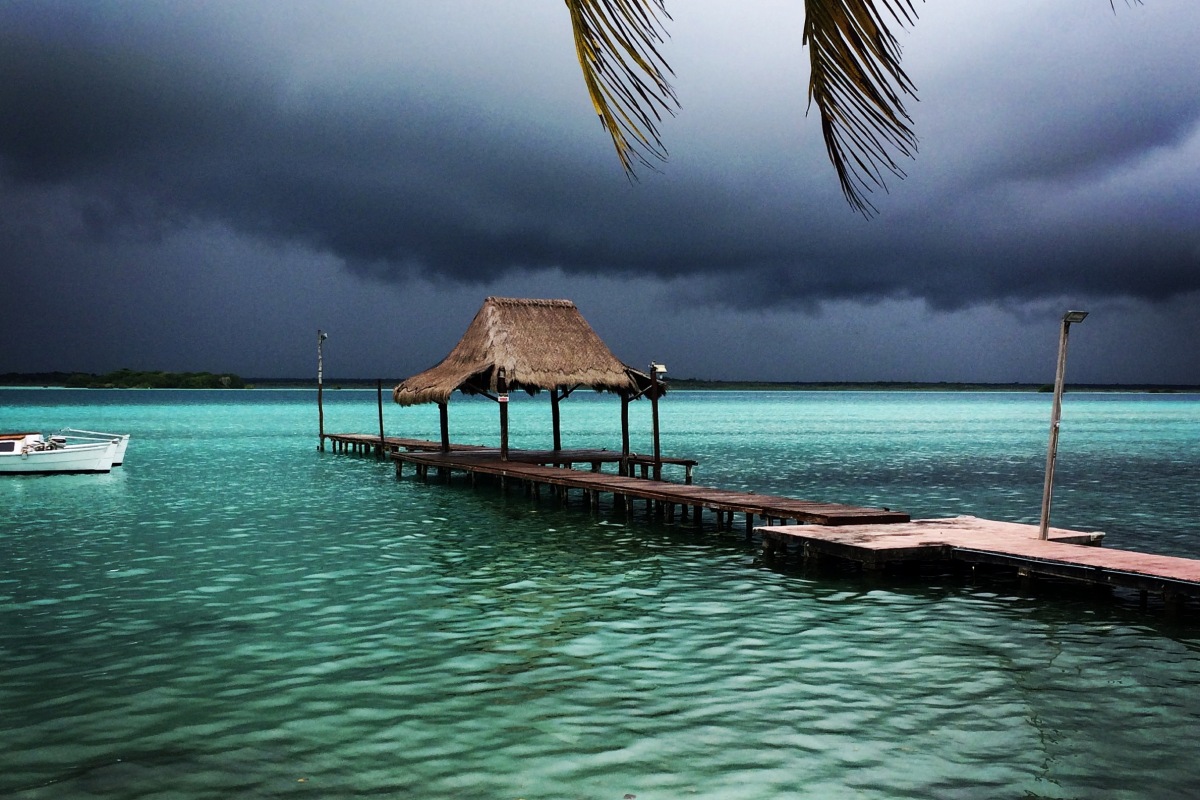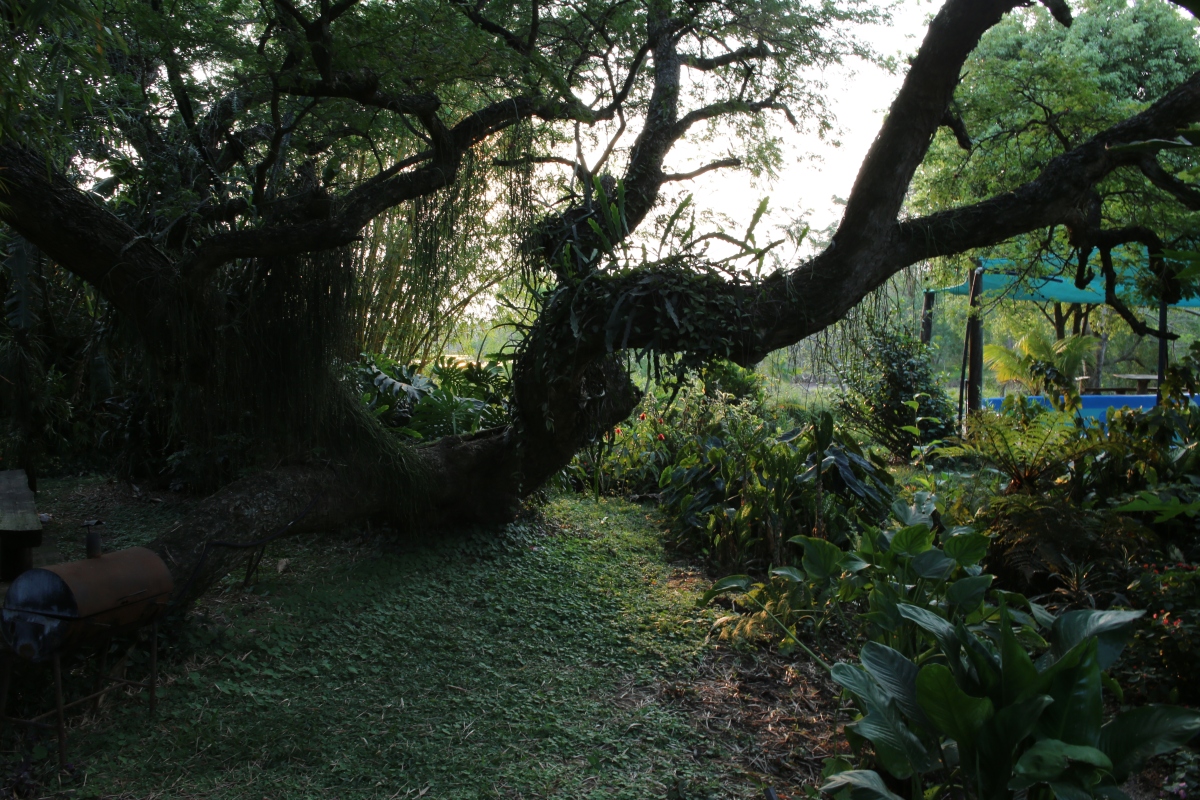Salento is a small, sleepy colonial town in the coffee region. We went to a small family run organic coffee farm for a tour, which was incredible. The information about each plant and how it assists the coffee plantation was fascinating, from the chilli plant which acts as insecticide to the Yukka to stop landslides, the avocado trees for fertiliser and the banana trees for shade and potassium. The farm was a humble three acres, with eight thousand coffee plants. The harvest happens twice a year and takes three whole months of twelve hour days, all picked by hand. We got to see the whole process from picking to drying, roasting and grinding—then we got a cup. Their hard labour clearly paid of,as it was one of the best cups of coffee we have had. We topped off our lovely day with a Saturday night curry—first one in about 5 months—it was delicious!
The following day we hiked in the Valle de Cocora, a beautiful expanse of lush rolling hills, cloud forest and tall wax palms. This was easily our favourite hike so far and the weather was far more manageable than in Minca.
Salento also presented us with an opportunity to play Tejo, a local game that is basically an explosive version of boules. Given that all we had to do was buy a beer in order to play, we didn’t miss out on the opportunity and many laughs were had.






































